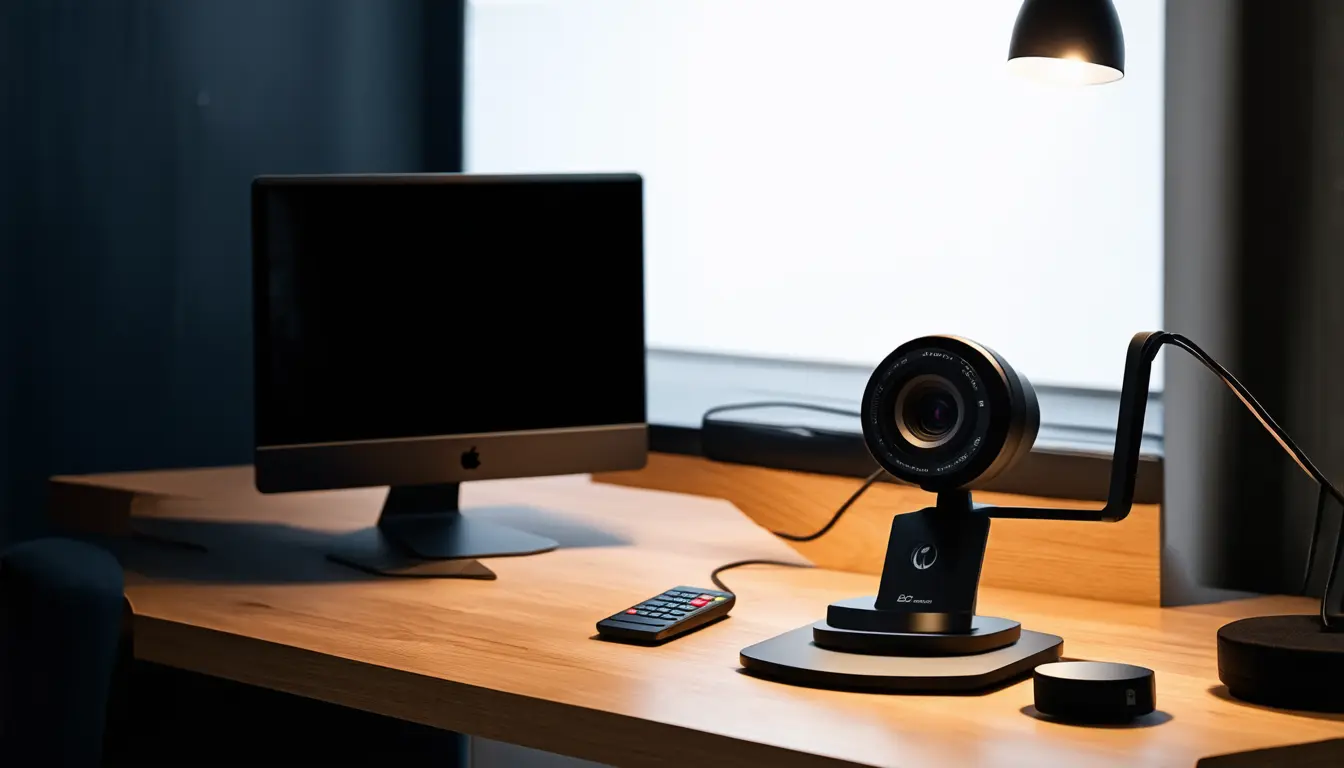
By connecting both the camera and the microphone to the same USB bus, you ensure that the data from both devices travels along the same pathway and is processed together. This synchronized processing helps in maintaining consistent timing between the audio and video streams.
Understanding USB Buses
Before diving into the why, let’s first understand what a USB bus is. A USB bus refers to a single pathway through which USB data travels between the device and the computer. Modern computers typically have multiple USB controllers, each managing one or more USB ports. Each controller can be thought of as a separate bus.
The Sync Issue
When you connect your camera and microphone to different USB buses, they are managed by different controllers. Each controller operates independently, meaning the data from the camera and the data from the microphone are processed separately. This separation can introduce slight delays due to differences in data processing speeds and timing issues, resulting in the dreaded sync issue where the audio does not match the video.
The Optimal Solution: Connecting the Microphone to the Camera
If your camera has an input port for a microphone, the best solution is to connect the microphone directly to the camera. This setup completely bypasses the need for synchronization between separate USB devices because the audio and video are recorded together at the source. The camera handles the sync internally, providing a perfectly synchronized audio-video feed.
Steps to Ensure Your Devices Are on the Same USB Bus
- Identify Your USB Buses: Use a system information tool to identify the different USB buses on your computer. On Windows, you can use Device Manager, while on macOS, the System Information app provides this detail.
- Check Device Connections: Verify which USB ports are connected to which controllers. This can often be found in the same system information tool. Usually, nearby USB ports are on the same bus. For example, front USB ports are often on a different bus than back USB ports. Understanding this can simplify the process of ensuring your devices are on the same bus.
- Rearrange Connections: Plug both your camera and microphone into ports managed by the same USB controller. It might take a bit of trial and error to find the correct combination.
- Test for Sync: Record a short video to test the synchronization between audio and video. If they are still out of sync, try different port combinations.
Additional Tips
- Use Quality Cables: Poor quality or damaged USB cables can also contribute to sync issues. Ensure you use high-quality, reliable cables for your connections.
- Minimize Other USB Traffic: Other USB devices connected to the same bus can interfere with the bandwidth and timing. Try to limit other high-traffic USB devices on the same bus.
Conclusion
Ensuring your camera and microphone are connected to the same USB bus is a simple yet effective step to mitigate sync issues. By taking the time to properly configure your setup, you can achieve a more professional and polished result, free from the distractions of out-of-sync audio and video.
However, the best practice is to connect your microphone directly to your camera if possible. This method provides the most reliable synchronization, ensuring that your audio and video are always perfectly in sync, providing a seamless experience for your audience.
